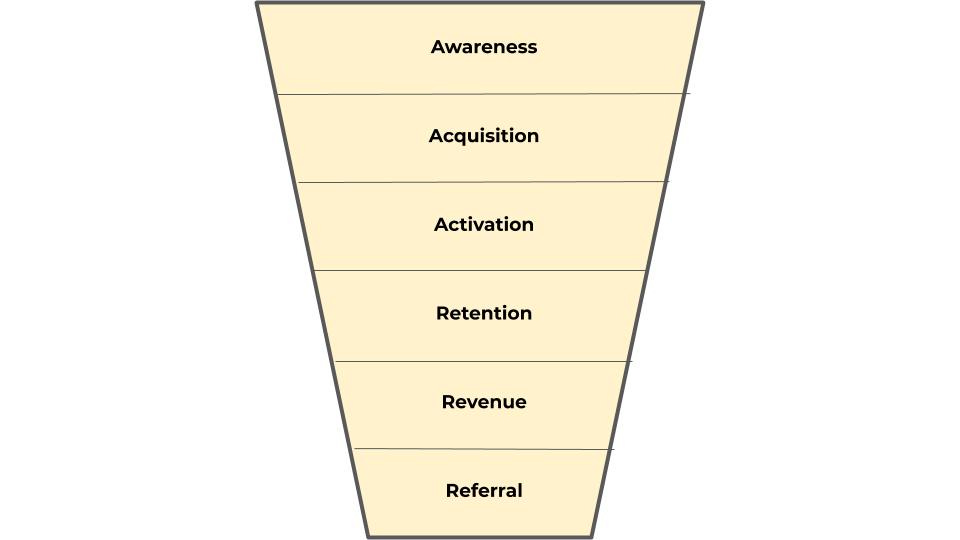The Product Person #35: Growth Loops
hi, Anthony here! Every week, I find articles and posts around the web about product development and how to build great products. Then I summarize and share them here.
Let’s get to it!
Forget the Funnel
You know the “funnel”:
Build a product
Test distribution/marketing channels
Optimize for the best performing ones
Retain those acquired users
Persuade them to refer others
Well, forget that. I’ll show you something better— a growth loop.
Funnels are great. But getting in front of your audience will cost you money, time, and resources. Growth loops are more efficient because, if done right, your product promotes itself for free.
The Problem with the Funnel
The problem with the funnel is that it moves one direction— with no guarantee that prospects will make it all the way through no matter how much money you spend at the top of the funnel.
Also, each part of the funnel demands its own KPI (key metric). And if you’re not careful those KPIs can conflict with one another. Split amongst different teams, that can be an issue for your org.
For example, let’s say bottom-funnel metrics are converting well. Now, the team in charge of top-funnel metrics, typically marketing, is urged to increase leads. You know, to feed the hot hand.
Now, the incentive is more leads not good leads. An increase in bad leads starts to tank the bottom-funnel metric (conversion %). And now you have a leaky pipe to fix.
Enter the Loop
Growth loops are better for 2 reasons:
Each new user brings in more users for you. It’s like the compound interest of marketing. So the more users you bring on, the less $ you’ll spend to acquire users over time— free acquisition.
Your growth loops will be unique to your product. Unlike a clever advertising tactic, growth loops are hard to copy. So no competing on ad spend. It’ll save you money in the long run.
Word of mouth is the simplest example of a growth loop. But it’s generally unpredictable and hard to measure. You want to have control over your growth loop. You’ll want to engineer it into your product.
Referral programs are cool growth loops too. But they’re replicable. Ex: Robinhood and every other stock app offers free stocks for sharing with friends. Lyft and Uber offer ride credits. DoorDash and UberEats offer food credits.
Example: TikTok
TikTok’s Acquisition Loop (left circle)
Person sees viral TikTok —> downloads app
Opens app —> Sees latest challenge —> Creates content
Posts content —> Other users see their content
Person’s content gets shared (Twitter, YouTube, iMessage) —> Others see the viral TikTok
Repeat
TikTok’s Hook Model (right circle)
Trigger(s): Viral content engages people. Boredom makes them use the app.
Desired Action: Get people to create content. (TikTok makes it super easy)
Rewards: For viewers, lots of content. For creators, going viral.
Investment: For viewers, a feed tailored to their liking. For creators, a fan base and reputation. —> Keeps them coming back.
Repeat.
🤔 Do you have growth loops in your product?
🤔 Where can you create one?
🤔 What should it look like?
🔗 You can read the full article here.
Good Tweet
A few days ago, James Clear asked, “What is one idea or principle from your area of expertise that can be generalized and applied to other areas of life?”
This answer stuck out to me:

If you’re moving in the right direction, even if you have to slow down to a crawl, just. don’t. stop.
End Note
Thanks for enjoying The Product Person. I’d love it if you shared it with a friend or two. If this was shared to you, you can subscribe here.
❤️ Hit the heart button as well, it helps a lot.
Have a great day,
Anthony






